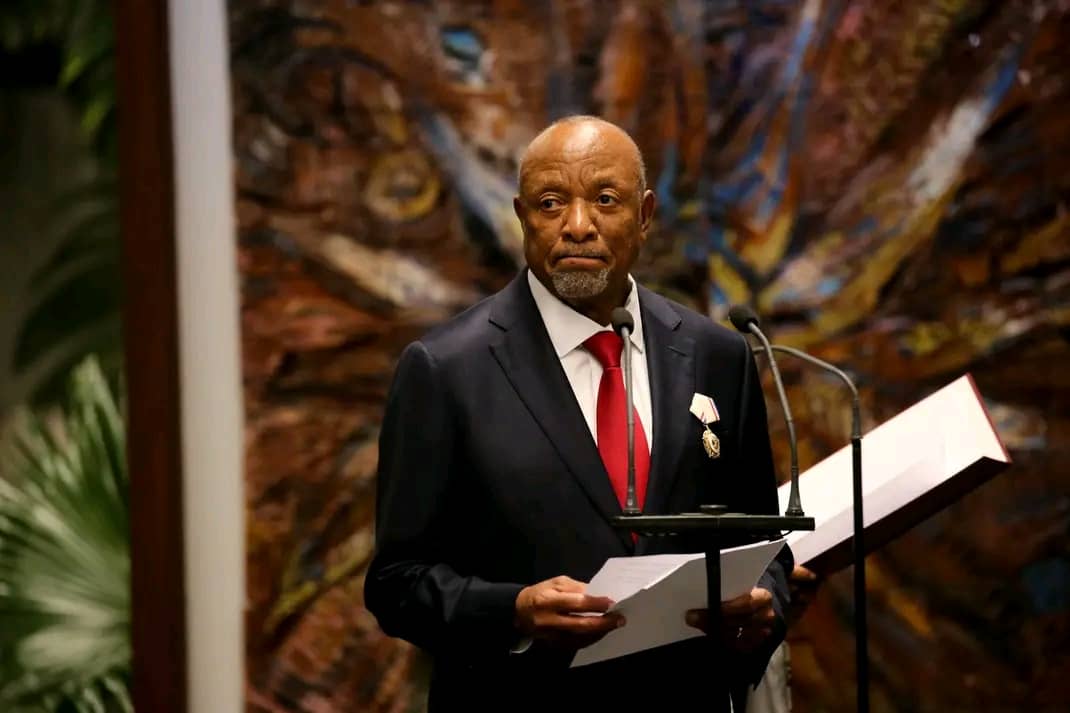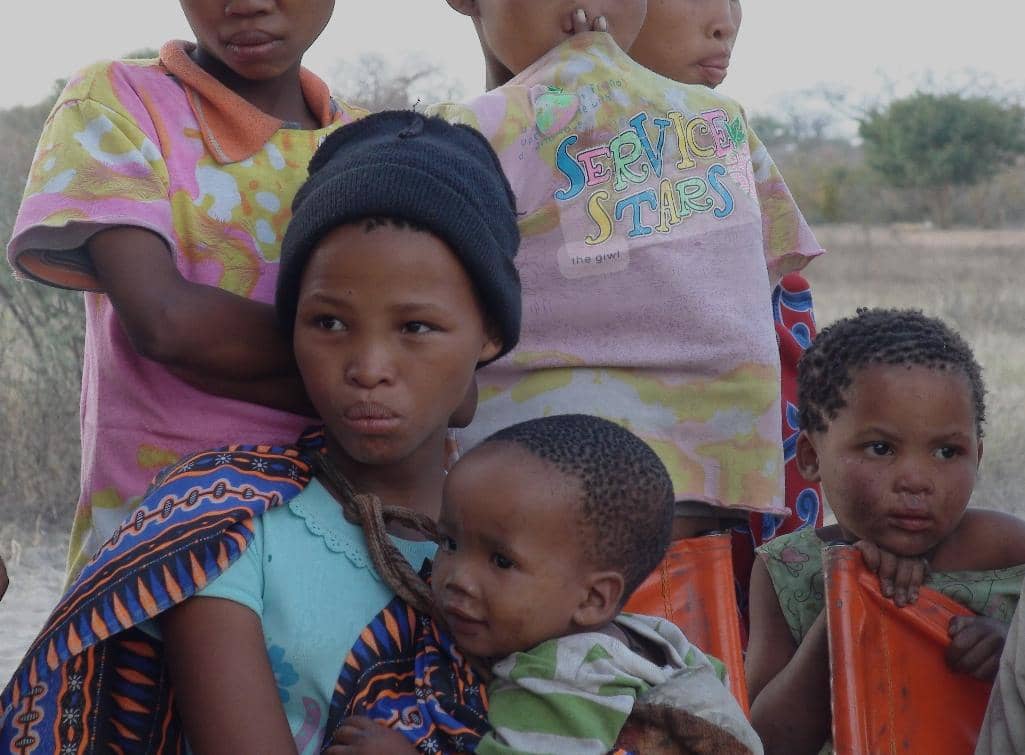Russian company Uranium One Group recently decided to withdraw its application for the review of the minister of agriculture, water and land reform’s refusal to grant the company a drilling permit.
The company that wants to mine uranium in the Stampriet Basin through in-situ leach mining has come under fire due to concerns that the method may pollute the aquifers.
The Namibian (TN) interviewed Kirill Egorov-Kirillov (KEK), the director of mines at Uranium One and director of Headspring Investment.
(TN) Uranium One opened an office at Leonardville. What does it mean for the company, its activities and the local community?
(KEK) The opening of the office is an important step in developing the company’s operations and building valuable partnerships aimed at improving life throughout the country.
It demonstrates our intention to do the project and our long-term plans to cooperate with the region and the country.
We aim to be a trusted partner that not only works alongside and invests in business development, but also creates many projects that benefit the Namibian society.
Uranium One has already spent over N$3,8 million on social projects.
These include purchase and repair of vehicles for police and medical services, improvement of the village park, which has become a favourite place for recreation and events for adults and children, supply of food to the village school, and construction of a school kitchen. And that’s just the beginning.
(TN) In 2023, you received an environmental clearance certificate (ECC) for the field laboratory – why is this important for the project?
(KEK) Obtaining an ECC for our laboratory once again shows a high level of confidence in our company on the part of the regulatory authorities. We, in turn, confidently demonstrate that we compulsorily carry out all necessary procedures with regard to the environmental impact assessment and comply with all laws, rules and regulations of Namibia.
The use of our own laboratory during fieldwork is certainly very time-saving, cost saving and in general significantly increases the efficiency of project implementation. We will be able to get the results of groundwater and surface condition assessment as quickly as possible.
This is fully in line with the basic principles of our work: safety and efficiency.
The release of the ECC was a very positive step for us and gave hope to those communities that are looking forward to the benefits that will come from planned mining.
First of all, it is a step towards creating new jobs. We plan to attract local residents to work in the laboratory, including by providing the necessary training for specialists. In the future, this will help them to be in demand and have well-paid jobs.
(TN) How is it going with obtaining other certificates and permits for the project?
(KEK) As I said, we are operating strictly within Namibian laws, so we have submitted an application to the Ministry of Environment, Forestry and Tourism. It is currently under review.
Following recent legislative changes and the coming into force of the Water Resources Management Act, Act 11 of 2013 (the “Act”) by the agriculture minister dated 29 August 2023, the company has decided to withdraw its application to the High Court of Namibia, for judicial review of the decision of the Ministry of Agriculture, Water and Land Reform to refuse a permit for exploratory drilling. Although the law has been in place since 2013, its recent enactment has made significant changes to the legal framework governing such activities.
We are also open to dialogue and continue to consult with all stakeholders to clarify any issues related to the project.
We are confident that the company will be given a fair opportunity to conduct field trials that will confirm the safety of the extraction method, particularly in relation to underground water sources vital to local communities.
(TN) What strategies does Uranium One employ to monitor and mitigate the environmental impact of its mining activities in Namibia and how does the company collaborate with relevant agencies and organisations in this regard?
(KEK) We draw on our extensive experience with uranium mining projects and, as a result, a wide range of experience in dealing with agencies and organisations working in this field.
In accordance with International Atomic Energy Agency (IAEA) regulations, our operating facilities are subject to ongoing sampling by independent participants and all results are publicly available and open.
As part of the company’s policy of openness, we are ready to provide stakeholders with information on the environmental parameters of the project at any time and intend to maintain this policy throughout the entire stage of commercial operations.
It is very important to us that all our work be clear and as open as possible for all residents of the region.
Therefore, we fully support the creation of an initiative group by residents, for which we are ready to provide the results of our research and work through any information channels.
For example, one of the Russian mining companies has an information board that displays real-time parameters on the acidity of solutions in the subsurface and anyone can see information about what is happening underground.
(TN) Why will the in-situ recovery (ISR) method of uranium mining specifically be used in the project?
(KEK) Deposits of this type can be economically mined only by the ISR.
This is due to the fact that the ores here are poor and watered.
Most importantly, the ISR method is recognised by the IAEA as the most environmentally friendly and currently the share of uranium mining by the ISR method in the world has already reached 63%.
As a result of the activity, the natural landscape undergoes minimal changes, no waste rock residues (dumps) and tailings with ore processing waste are generated.
After decommissioning, the wells will be closed, the process units will be dismantled and the soils will be reclaimed.
This way, the area can once again be used for other purposes, such as agriculture.
Uranium One has adopted and follows this responsible environmental policy.
This policy is essentially built on the following principles: preservation of natural ecosystems as its top priority, unconditional use of scientific advances and ensuring environmental safety, and transparency and openness to the public about the environmental impacts of industrial activities.
Stay informed with The Namibian – your source for credible journalism. Get in-depth reporting and opinions for
only N$85 a month. Invest in journalism, invest in democracy –
Subscribe Now!







